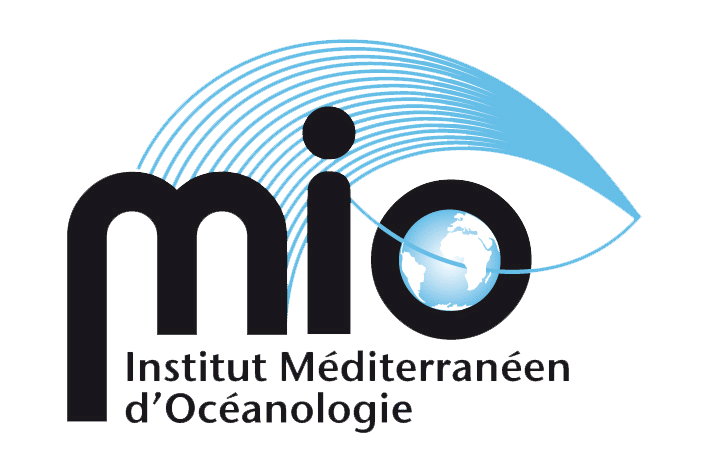The sites were selected on the basis of a survey of the expected level of involvement of AGIR PI members. Priority was given to the laboratory's workshop sites, some of which have been instrumented for a long time, with large data sets available, in the process of being acquired or in the pipeline. Given the influence of institutional, regulatory and management network aspects on our centre, these projects concern the Mediterranean (72%), but also the Atlantic (13%), the Pacific (12%) and Asia (3%).
At the top of the list of worksites are conservation sites (49%). For example, the National Parks, both ancient such as Port-Cros and recent such as the Calanques, are sites that laboratory members have been working on for a long time. These partnerships contribute to the identification of M I O teams in protected areas and fuel collaboration on other reserves and remarkable Natura 2000-type sites at sea (Scandola, East Corsica, Beauduc, etc.).
In contrast to protected areas, highly anthropised sites (25%) are essential. The COSYS-MED LMI in Tunisia comes first, with the major problem of the impact of phosphate inputs into the Gulf of Gabés and the Boughrara lagoon. In France, sites such as the Gulf of Fos, the Etang de Berre and the harbour of Marseille stand out, and in Vietnam, a LMI project focusing on the impact of 'Black Carbon' is currently being set up.
Finally, a series of high-stakes areas (26%) have been identified. It includes the government-funded "Sargasso" programme, which aims to understand the origin of the massive strandings that have occurred since 2011 in the French West Indies, French Guiana and Africa. An oceanographic campaign is planned for 2017 on the NO Antéa. The creation of a network of 'model' lagoons in New Caledonia and other Oceania countries has been highlighted, with a view to developing an integrated approach to the effects of climate change and human pressures on these marine ecosystems, which have been identified as among the most vulnerable on the planet. Other important projects include the artificial reefs on the Prado in Marseille, ecosystem-based management of fisheries and the Cassidaigne canyon (impact of bauxite effluents for over 40 years).
Photo: In situ environmental monitoring




